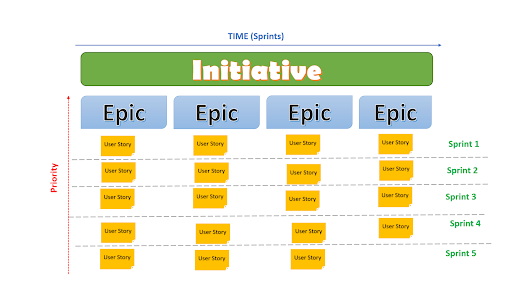As an Agilist, I strive to employ innovative, collaborative, and enjoyable methods to accomplish goals for individuals and teams.
One of the most common challenges faced by agile teams is the lack of comprehensive requirements and a holistic view of the product or feature they are building. With the constant evolution of the application and heavy dependency on requirements, it becomes challenging to align everyone on the same page.
Another challenge is converting these requirements into User Stories.
First, let us understand what a User Story is. A user story is the smallest unit of work within an agile framework. It is written from the perspective of a user and expresses the goal the user wants to achieve. The format of a user story is as follows: "As a [type of user], I want/need to [perform an action] so that [I can achieve the intended result]."
Now, let us explore how these user stories can help teams in building a shared understanding.
As mentioned earlier, a user story is written from the perspective of a user who may perform multiple actions within our application. It is beneficial to involve the entire team in the refinement of requirements and the process of writing user stories. This approach encourages the team to engage in discussions, communicate effectively, and brainstorm ideas regarding the requirements and common goals.




